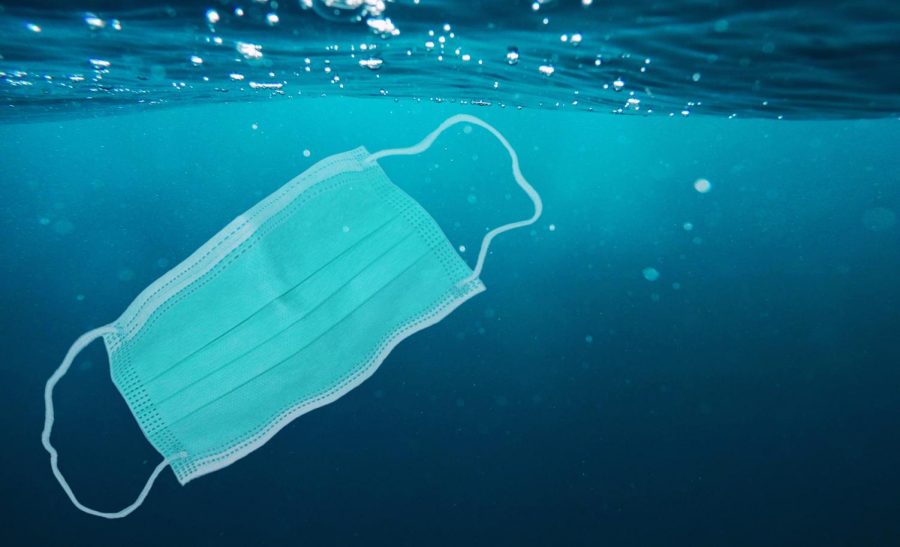In the midst of a media landscape plagued by sensationalism and spin, VR journalism is the highest peak of truth in an ocean of misinformation.
In recent years, it has become a powerful sort of tool for journalists/reporters to tell immersive and impactful stories. By transporting viewers in the virtual world they could explore so many places they would have never seen in the real world giving them an opportunity to visit and allowing them to experience events firsthand, VR has really transformed the way we consume news,
With this amazing piece of technology, you can bring the viewers into the virtual world and make them feel what is going on in the story, making them think more in-depth about what is actually going on and making it more interesting and enjoyable for everybody researching the event.
Virtual reality journalism was created as a pioneer in response to a desire to create a more immersive, creative, and immersive experience. This virtual reality is a very high-tech object with an intelligent computer built into it. People wanted to see how far this system could go.
So let us take a step into this technology and explain what ¨virtual reality¨ is. Virtual reality is a high-tech piece of technology that contains a three-dimensional virtual environment created by Jaron Lanier. Virtual reality allows you to create a stimulated type of area that can be explored in 360 degrees giving the viewer an amazing immersive experience and making things look cooler than in real life.
An example of immersive, engaging virtual reality journalism is ¨solar Eclipse 360 3D (Random Website)¨ things like this are immersive experiences that really bring the reader into the location to tell an amazing story. This helps viewers move out of the traditional way of journalism and move into a more engaging one that you can feel and see with your body.
In the year of 2012 at a Sundance Film Festival, a journalist/filmmaker named Nonny de la Pena one day had the idea to make something known as “virtual reality journalism.” When this idea was gaining popularity through the years in 2015 the USC Shoah Foundation created a VR journalism project which then got good responses from numerous reports/journalists.
There are numerous benefits when it comes to virtual reality and a number of the benefits actually help journalism. According to the godmother of VR also known as Nonny de la Pena (creator of VR journalism), she states, ¨What if I could present you with your entire body and not just your mind? With VR, I can put you in a scene in the middle of a story you would typically see on the news.¨
VR can positively impact journalism, but that doesn’t mean there haven’t been some rotten eggs(controversy) relating to this topic. On approximately May 21st, 2019 the famous VR variant the Oculus Quest was released by none other than Facebook.
When this VR variant was released many people were excited to experience this new form of virtual reality since the Oculus Quest has heavily improved from previous VR variants that haven’t been as functional as this one. So from this information, people were hoping for a way better three-dimensional environment and immersive experience making VR journalism better.
Not long after the release of the Oculus Quest criticism started rolling in from people. critics started pointing out the disadvantages this virtual reality system brought and society was not too happy about this. The oculus was said to be uncomfortable, caused nausea, and brought eye strain to people’s eyes causing a very frustrating and uncomfortable experience.
Since this event occurred it made virtual reality look bad in terms of quality and how beneficial it was. Thankfully in the year 2020, the Oculus Quest 2 came out bringing virtual reality journalism back to life with an even better and considered the best virtual reality system we have today.
Dan Pacheco, professor and Horvitz Chair of Journalism Innovation at the S.I. Newhouse Journalism School at Syracuse University, is currently experimenting with virtual reality with his fellow students. Dan Pacheco states While the world is excited about what VR is capable of doing for gamers, he is thrilled by the potential for transforming citizens’ knowledge of the world around them.
“We no longer have to be limited to telling stories. We can take you into an experience,” “No matter how many times you tell a story, people don’t feel it. Once you start to show it, it’s a little better but still far, far away. Once you can move someone into an experience, that’s the key.” Dan Pacheco states.
iNews reporter Micah Shapiro believes that virtual reality could be an advantage also as a disadvantage to journalism in the future. As he states ,¨Virtual reality could positively and negatively affect journalism, on the positive side is a very easy form of showing people where news happens and when it is broadcasted, on the negative side virtual reality could possibly ruin paper journalism which would be very bad for all the people that love paper journalism.¨
Since virtual reality is becoming more and more popular as the years goes on being more recognized by the public and being used in journalism more often than not, Will journalists/reporters accept VR journalism? Micah Shapiro, a student from the iSchool Department has a word for this.
¨It’s difficult to kind of accept it because virtual reality could possibly take away your job entirely as for the people selling paper journalism. Most of them have websites now but it’s a lot because news like that has been around for so long and we don’t want to lose out on it, not to say that virtual reality isn’t news it is just that there’s a lot of genre of newspaper and journalism that could be extremely [impactful] for us.¨
Virtual reality could make journalism better but it comes with very big flaws like losing newspaper journalism and others. Virtual reality is something not everybody can really get used to, especially if you are in the older age range Virtual reality is news but it could impact others that are selling newspapers for money that is needed.
Virtual reality is an amazing technology that helps journalism a more immersive experience, but it could also make loopholes for fake news to spread, but how? A person in the Cabrera household named Rosemary Fermin states. “Of course, virtual reality could lead to fake news. Remember hackers are always on the horizon of technology.”
If virtual reality causes more fake news to happen because of hackers this would be a very bad look for the future of virtual reality journalism. Fake news could lead to Distrust in the media and the spread of false information, and it can create a vicious cycle. If this happens it could possibly ruin journalism.
With virtual reality, there are many opportunities that are given like education, sports and entertainment, and architecture and interior design. But how does VR give more opportunities for journalists?
A student by the name of Raynel Leal at Eleanor Roosevelt High School states, ¨It can help journalists because you can be in different places at the same time. Since virtual reality allows you to move anywhere in the virtual world in one spot I would make investigations much easier for reporters/journalists. Giving them a huge opportunity.¨
While the use of virtual reality in journalism is still in its infancy, the possibilities from this futuristic founded technology are endless. The technology has the potential to change the way we experience and understand news, creating more immersive and exciting experiences for many viewers in journalism out there. Whether it’s through creating virtual newsrooms etc, virtual reality has the potential to change the way we think about journalism.








